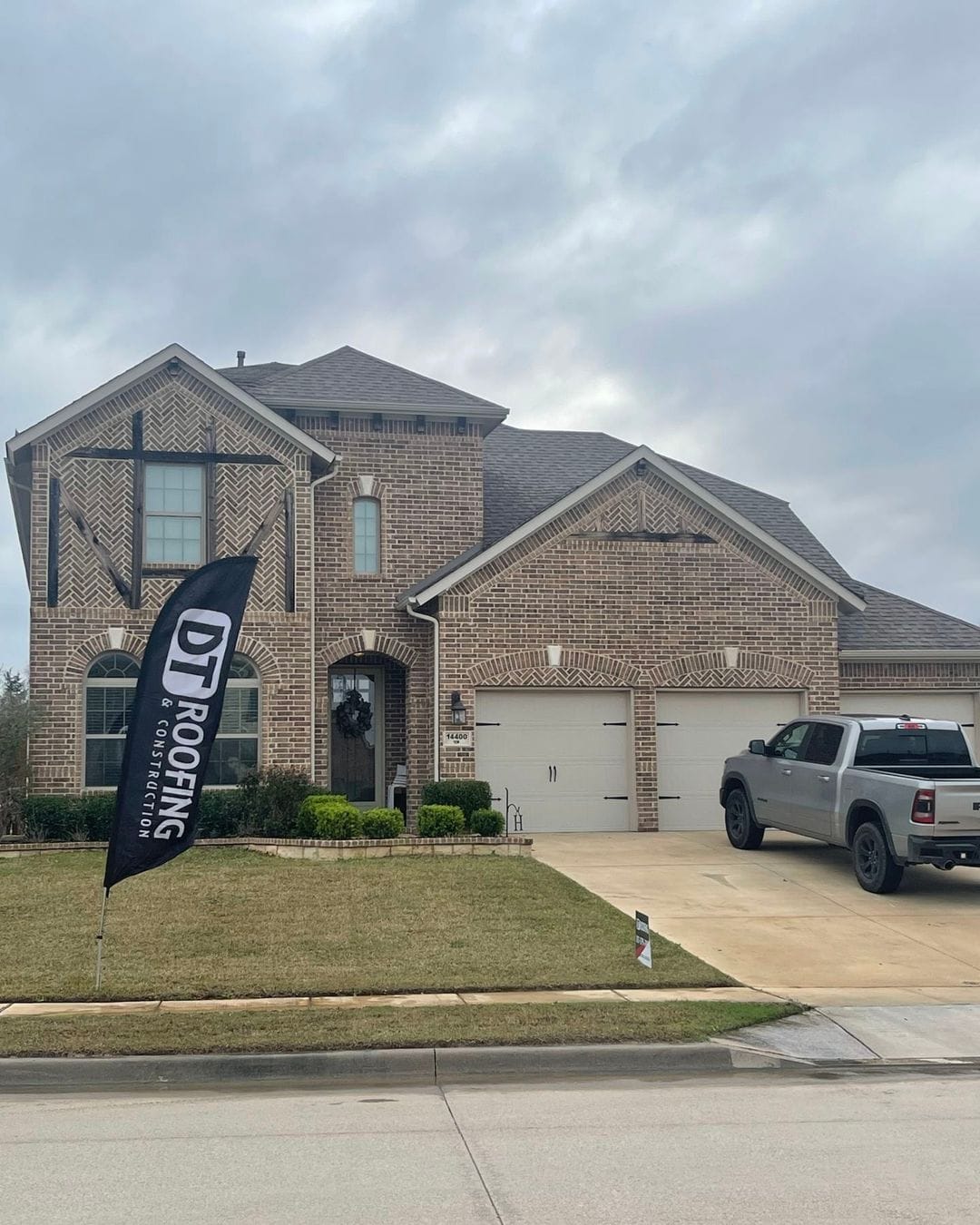
Steps to Take When Your Roof Starts Leaking
Discovering a roof leak can send any homeowner into panic mode. Water stains on ceilings, peeling paint, or the dreaded drip during a storm are signs no one wants to see. In Stephenville, TX, where storms and high winds are common, it’s essential to act fast—and smart—when your roof starts leaking. The right steps can make the difference between a quick repair and a major disaster.
Step 1: Stay Calm and Contain the Damage
The moment you notice a leak, your first priority should be containment. Move furniture, electronics, and valuables away from the affected area. Place buckets or containers to catch dripping water and lay down towels or tarps to protect floors.
While it might be tempting to poke holes in a bulging ceiling to relieve water pressure, do so cautiously and only if you’re confident water is pooling behind it. Creating a small controlled puncture can prevent a larger, more destructive ceiling collapse.
Step 2: Document Everything
Take photos and videos of the leak, any water damage, and surrounding areas. These visuals will be crucial when filing insurance claims or explaining the issue to your roofing contractor. Be thorough—documenting even small details can help assess the extent of the damage later.
Step 3: Temporarily Tarp the Area If Safe
If the weather allows and you’re comfortable doing so, apply a tarp over the leak area from the outside to prevent further water intrusion. However, don’t risk your safety climbing on a wet or steep roof. If unsure, leave it to the professionals.
Step 4: Call a Trusted Local Roofing Contractor
Time is critical when dealing with roof leaks. Reach out to a qualified roofing expert with a strong reputation in Stephenville. A good contractor will inspect your entire roof—not just the obvious problem spot—and recommend lasting solutions rather than quick fixes.
DT Roofing has helped hundreds of Stephenville homeowners navigate roofing emergencies with speed and precision. As an Owens Corning Platinum Preferred Contractor, we don’t cut corners—we solve problems at the root to prevent future issues.
Step 5: Assess the Full Extent of the Damage
Leaks are often just the surface symptom. Moisture can travel through insulation, framing, and walls, creating hidden mold and rot. Your roofing contractor should conduct a full evaluation, including attic inspections, moisture readings, and infrared scans if needed.
Catching unseen damage early can save you from structural repairs down the line. Trustworthy roofers won’t just fix the leak—they’ll help you prevent the next one.
Step 6: File an Insurance Claim (If Applicable)
If the leak resulted from storm damage, your homeowner’s insurance may cover repairs. Contact your insurer promptly and provide the documentation you gathered earlier. Your roofing contractor can often assist with claim documentation, photos, and estimates to ensure a smoother process.
Avoid anyone who promises to “handle your claim completely” or who pressures you to commit without understanding your policy. Insurance fraud and scams are still very real concerns.
Step 7: Schedule Preventive Maintenance
Once your immediate leak is fixed, take this as a lesson in proactive roof care. Schedule annual inspections, clear your gutters regularly, and trim tree limbs away from your roof. Roofing problems often start small—cracked flashing, missing shingles, or clogged valleys—but snowball into major damage if ignored.
Final Thoughts
A leaking roof may feel like a disaster in the moment, but with the right actions, you can minimize damage and get back to normal quickly. The key is knowing who to call and acting fast.
At DT Roofing, we prioritize emergency response and long-term reliability. We don’t just patch leaks—we deliver solutions built to last, backed by premium materials from trusted brands like Owens Corning, TEK, and F-Wave. Our team serves Stephenville and surrounding communities with the highest standards in safety, craftsmanship, and service.
The next time a leak catches you off guard, don’t wait—take control and call the professionals who know how to protect what matters most.
Read also our blog: A Roofer’s Guide to Steering Clear of Scams










